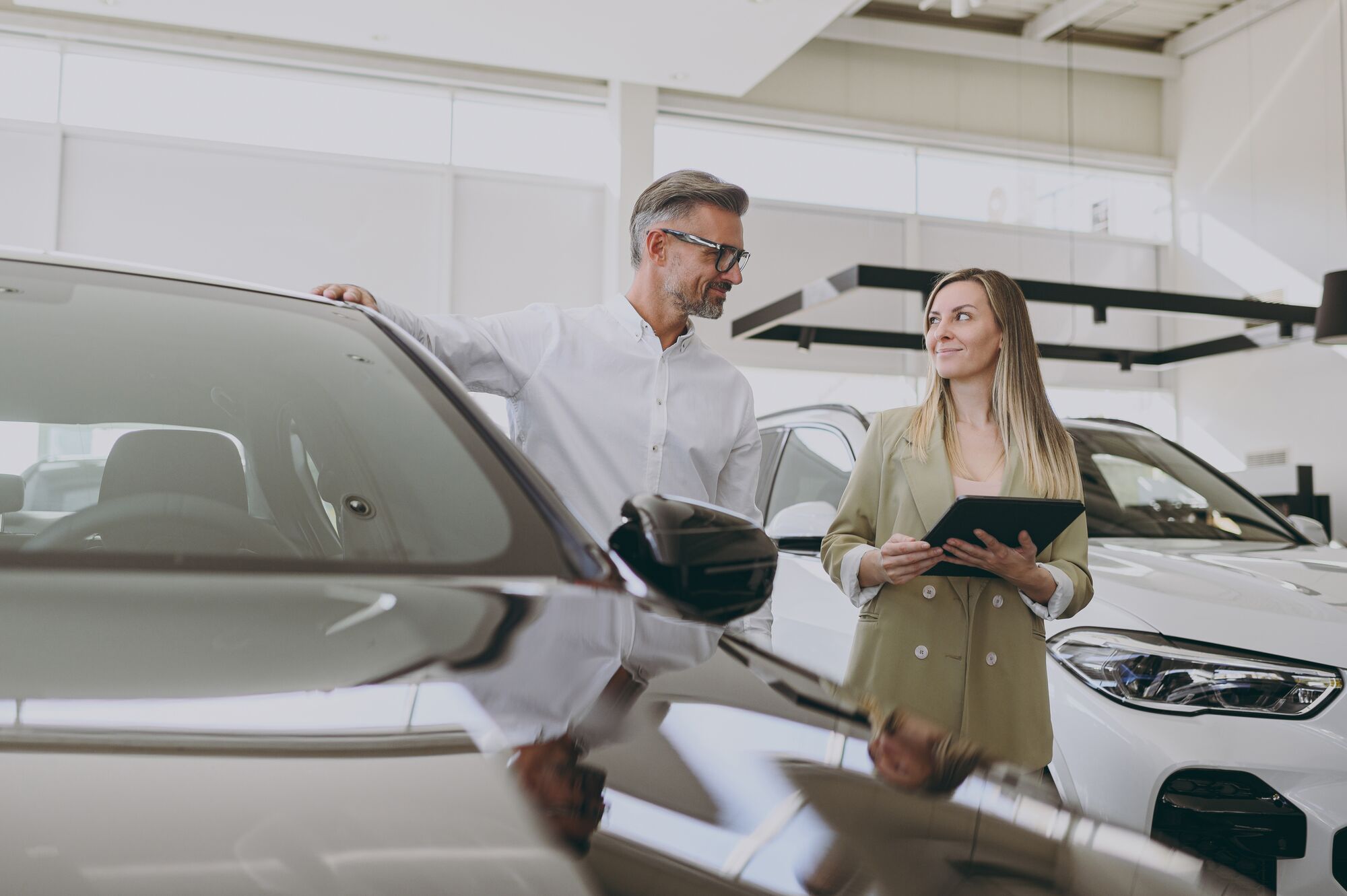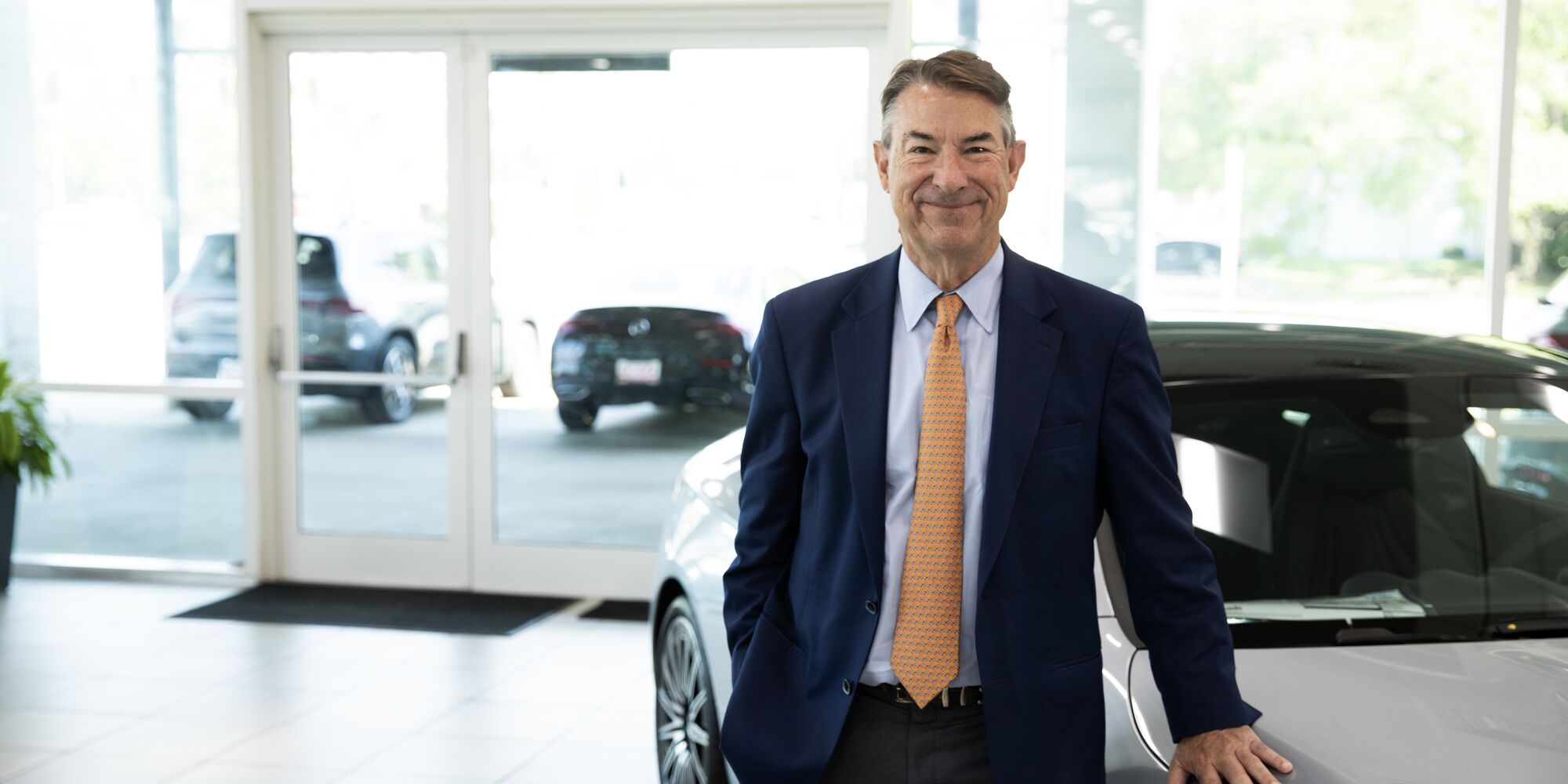

Latest from Assurant

Article
How auto dealers can take a no-regrets profit strategy for 2026

Infographic
Third consecutive record-breaking quarter: Q3 2025 trade-in value hits $1.59 billion

Article
AI-driven hyper-personalization at CES 2026: Transforming device lifecycle management and protection

Article
Why holiday gifts deserve protection plans

Article
OPTECH 2025: top Multifamily Housing trends

Article
Mobile repair done right: The WISE Certification promise

eBook
Your ultimate professional guide to choosing the best renters insurance partner

Article
A Property Manager’s Guide To 5 Common Tech-Related Maintenance Calls

Article
Building a legacy: Partnership-driven dealership success
